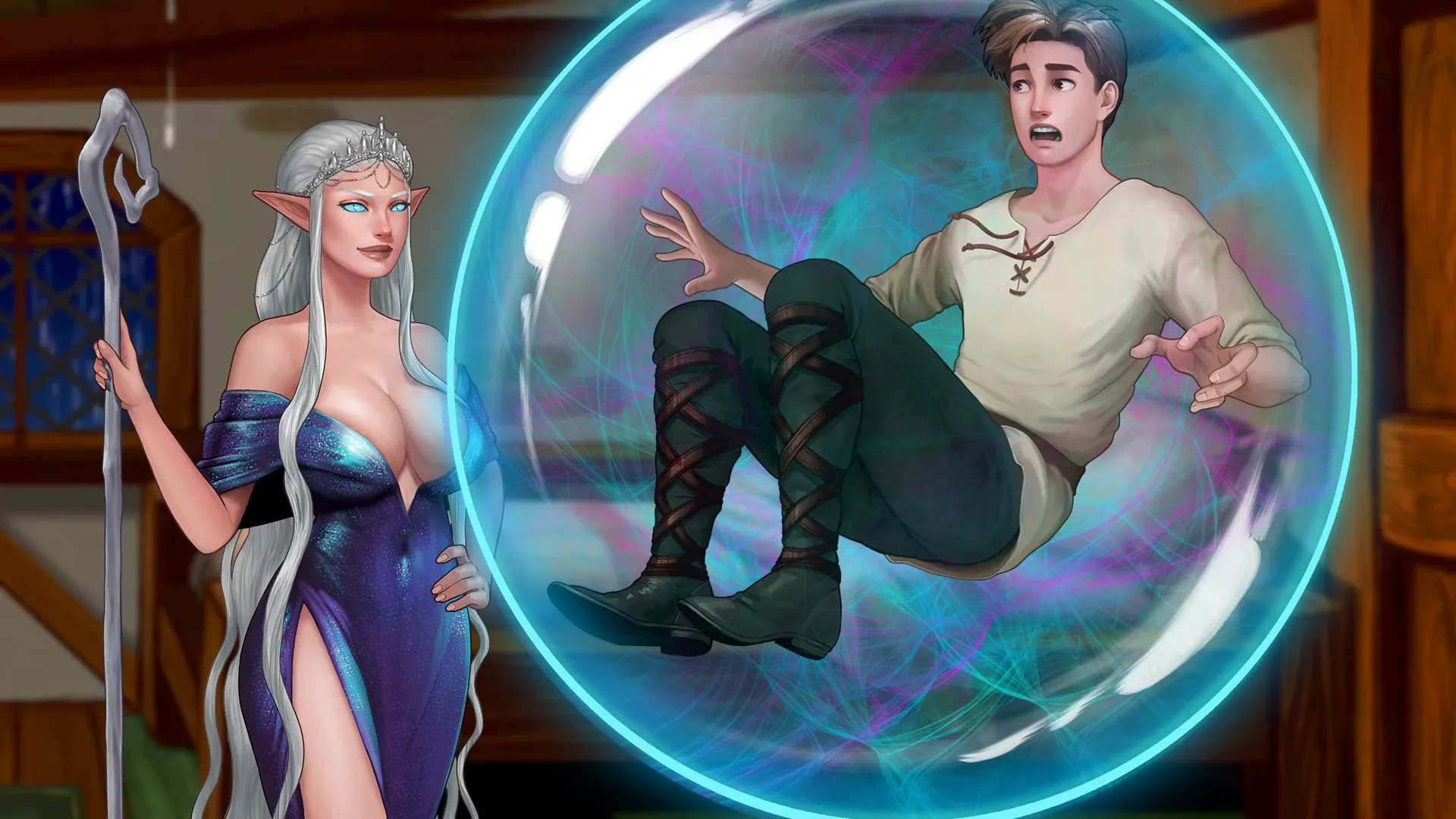
Short Sad Stories
Play Short Sad Stories
Short Sad Stories review
An Insightful Look into the Unique Narrative Experience of Short Sad Stories
Short Sad Stories is a distinctive interactive game that combines storytelling with immersive gameplay, offering players a unique narrative experience. This article explores the game’s core elements, focusing on its emotional storytelling and gameplay mechanics. Whether you’re curious about the game’s themes or how it engages players through its narrative, this guide provides a comprehensive overview to help you understand what makes Short Sad Stories stand out.
Understanding the Narrative and Themes of Short Sad Stories
What Makes the Storytelling Unique?
Ever played a game that genuinely made you pause, controller down, just to feel? That’s the raw power of the Short Sad Stories narrative. Forget flashy explosions or complex skill trees – this emotional storytelling game strips everything back to the human heart. It’s like reading a beautifully tragic poem, but you get to whisper the next verse through your choices. ✨
What truly sets it apart? Brevity with bite. These aren’t sprawling epics; they’re concentrated emotional capsules. You step into a life already heavy with history, often teetering on the edge of a pivotal, painful moment. The genius lies in how quickly you connect. Within minutes, you care, deeply, about characters navigating oceans of loss and regret with just a few well-chosen words and evocative visuals. 🥺
The structure feels intimate, almost confessional. You’re not just observing sadness; you’re gently holding it through interactive story choices. Will you encourage a character to finally open an old, painful letter? Or suggest they leave it buried? These tiny decisions ripple through the narrative fabric, making the experience intensely personal. It’s story-driven gameplay at its purest – the mechanics are the feelings.
Exploring Emotional Depth and Themes
Get ready for a masterclass in emotional weight. The core game themes loss regret aren’t just mentioned; they’re lived in. You feel the hollow ache of missed chances, the crushing weight of words left unsaid, the quiet desperation of trying to mend something already shattered. 💔 This isn’t melodrama; it’s poignant, relatable human struggle rendered with stunning subtlety.
Think about themes like:
* The Ghosts of Choices Past: Wrestling with decisions that can’t be undone.
* The Silence Between People: Misunderstandings and unexpressed love festering over years.
* Finding Light in the Grey: Glimmers of hope or acceptance amidst profound sadness.
* The Weight of Memory: How holding on, or letting go, shapes a life.
These themes aren’t abstract concepts. They pulse through every interaction, every line of dialogue, every environmental detail. A dusty piano, a faded photograph, an empty chair – they all whisper stories of loss and regret, pulling you deeper into the character’s world. This emotional game experience resonates because it taps into universal fears and longings we all recognize.
Here’s a glimpse of how key themes translate into the player’s journey:
| Core Theme | Manifestation in Choices | Player Emotional Impact |
|---|---|---|
| Overwhelming Loss (e.g., death, abandonment) | Choosing how to memorialize, whether to seek closure or avoid pain, deciding what keepsakes to hold onto. | Deep sorrow, empathy, contemplation of personal grief. |
| Burning Regret (e.g., past actions, missed opportunities) | Deciding to confront someone or yourself about the past, choosing attempts at amends vs. silent suffering, opting for honesty or continued denial. | Guilt (vicarious), introspection, longing for second chances. |
| Struggling with Isolation | Choosing to reach out for connection or retreat further inward, deciding to share burdens or bear them alone. | Loneliness, yearning for connection, anxiety about vulnerability. |
| Fleeting Hope & Acceptance | Choosing to embrace small moments of beauty, deciding to forgive (self or others), opting to move forward, however tentatively. | Catharsis, bittersweet relief, fragile optimism. |
My Personal Moment: I remember one story where I chose to have the character visit a gravesite they’d avoided for years. The simple animation of them placing a single, weathered flower down… it wrecked me. 😭 That’s the power here – minimal elements, maximum heartbreak you participate in.
How Narrative Choices Impact Gameplay
This is where Short Sad Stories truly shines. Forget “good” or “bad” endings. Your interactive story choices weave unique emotional tapestries, leading to conclusions that feel earned, not judged. Every dialogue option, every action (or inaction), subtly shifts the narrative current. It’s story-driven gameplay defined by consequence of feeling, not points or power-ups.
Think your choices are small? Think again. That decision to share a painful memory instead of bottling it up might unlock a moment of profound connection later, altering a character’s path towards tentative healing. 🕊️ Conversely, choosing avoidance might lead to a poignant ending steeped in unresolved loneliness. The player impact narrative is profound precisely because it focuses on emotional truth, not arbitrary morality meters. You shape the emotional resolution, not just the plot points.
Here’s how it works:
* Branching Through Emotion: Choices often represent different emotional responses (e.g., Anger vs. Resignation vs. Tenderness), leading down distinct narrative and tonal paths.
* The Ripple Effect: Seemingly insignificant early choices (e.g., picking up an object, asking a specific question) can unlock or close off later narrative beats or character insights.
* Multiple Shades of Sad: Endings vary in their specific emotional flavor – profound grief, bittersweet acceptance, quiet despair, fragile hope. Your choices determine which shade you experience.
* No “Win” State: The goal isn’t to “fix” the sadness, but to authentically navigate it. Success is feeling the journey deeply.
This creates immense replay value. You want to go back, make different interactive story choices, just to see how the emotional landscape shifts. Maybe this time you choose courage over fear, or silence over confrontation. Each path reveals new layers of the characters and their pain, deepening your understanding and connection. It’s a masterclass in how player impact narrative can be deeply personal and emotionally resonant without needing world-altering stakes.
Why does this resonate so hard? Because it mirrors life. Our biggest choices are often emotional ones, shaping our relationships and inner world. Short Sad Stories holds up a mirror, letting us explore these profound moments safely, yet powerfully. It’s not just a game; it’s an emotional game experience that lingers long after the screen fades to black. ✨ You don’t just play it; you feel it, and you carry a piece of it with you. Isn’t that the mark of truly powerful story-driven gameplay?
Short Sad Stories offers a compelling blend of emotional narrative and interactive gameplay that captivates players through its thoughtful storytelling and meaningful choices. By exploring themes of personal struggle and emotional depth, the game creates a memorable experience that stays with players long after they finish. If you appreciate story-driven games that challenge your emotions and decision-making, Short Sad Stories is a title worth exploring.



